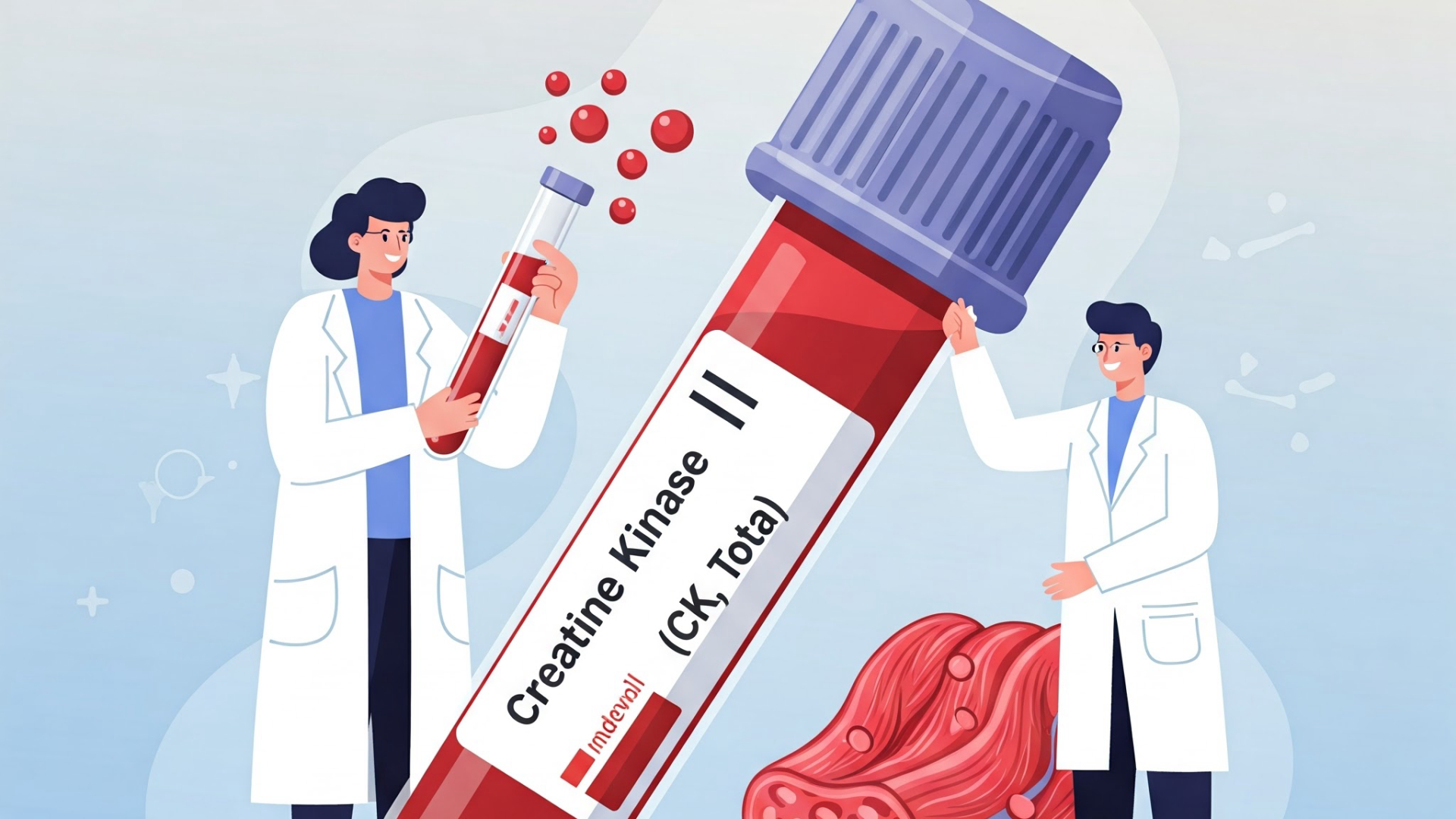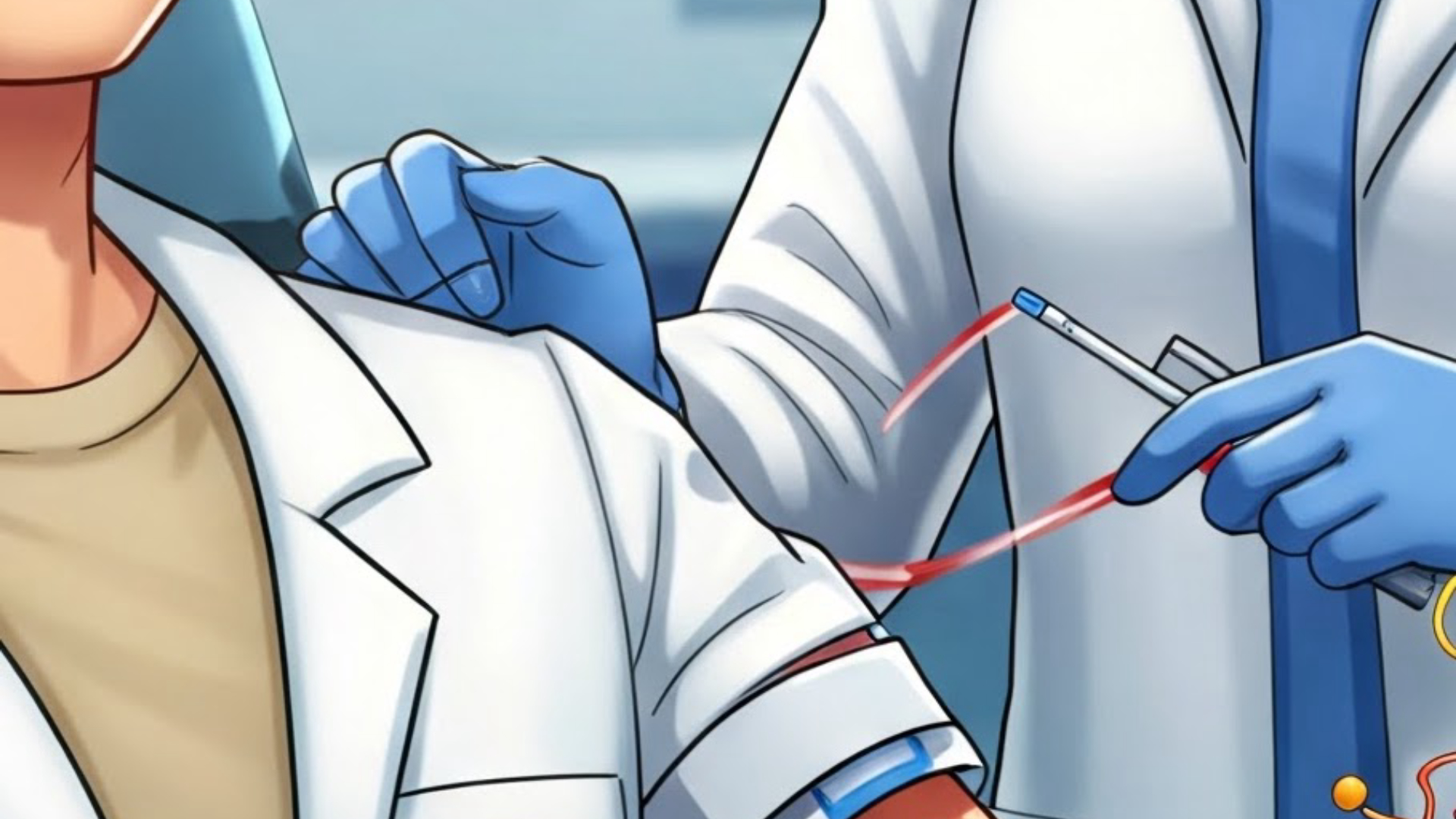What Are Common Quadriceps Injuries Like Strains and Contusions, How Do They Happen, What Are the Symptoms, and What Are the Treatment Approaches?
Published on 02/26/2025 · 8 min readThe quadriceps are a powerful group of four muscles located in the front of your thigh. They play a crucial role in extending your knee and, in the case of the rectus femoris, also assist with hip flexion. Unfortunately, these strong muscles are susceptible to injury, particularly during sports and activities involving sprinting, jumping, and sudden changes in direction.
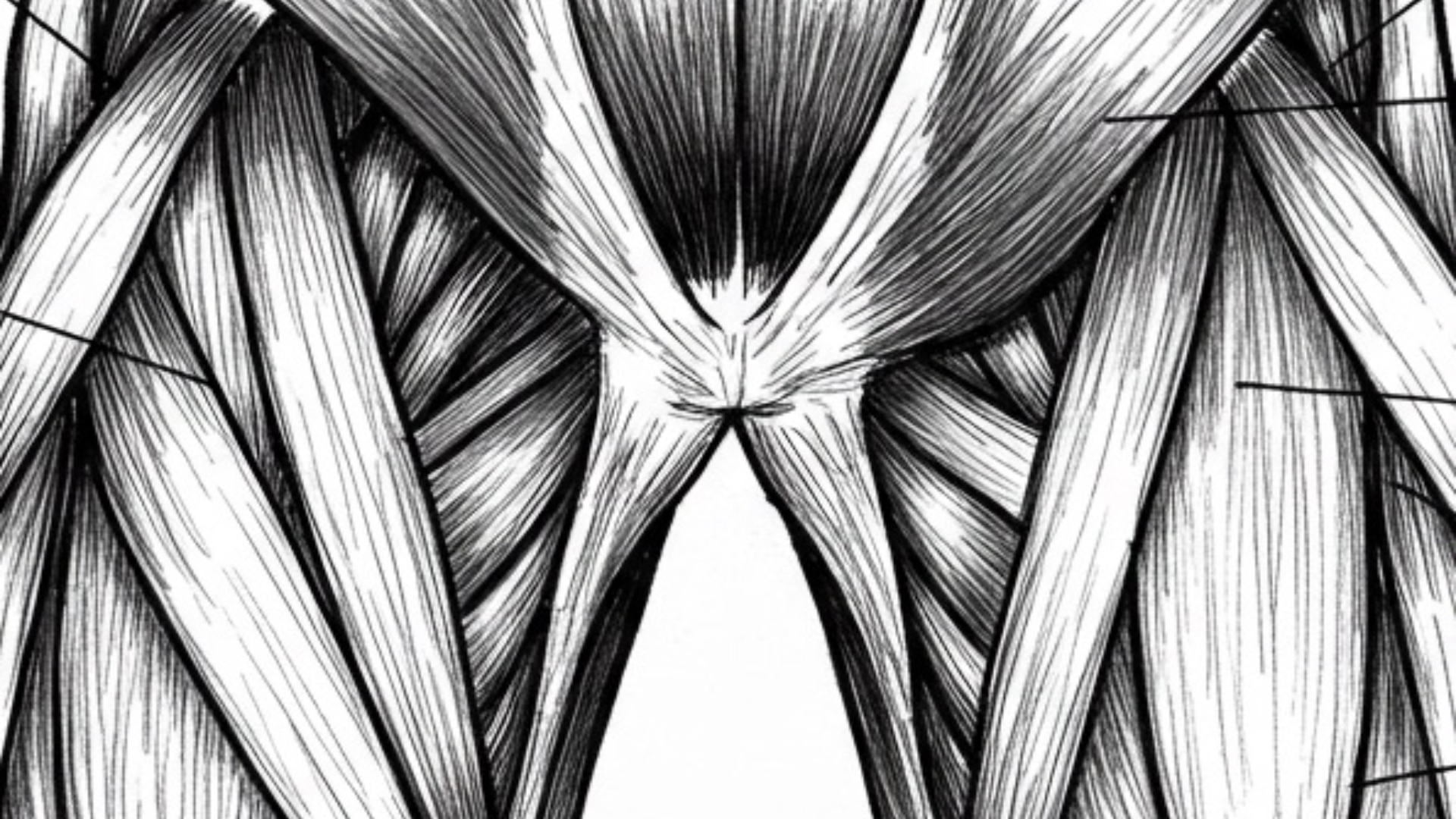
Table of Contents
Understanding the Quadriceps Muscle GroupCommon Quadriceps InjuriesQuadriceps Strain (Muscle Tear)Symptoms of a Quadriceps StrainQuadriceps Contusion (Bruise)Complications of Quadriceps ContusionsDiagnosis of Quadriceps InjuriesTreatment Approaches for Quadriceps InjuriesQuadriceps Strain TreatmentQuadriceps Contusion Treatment
Understanding the Quadriceps Muscle Group
The quadriceps consist of four individual muscles:
- Rectus Femoris: Originates at the anterior inferior iliac spine and also helps with hip flexion.
- Vastus Lateralis: Located on the outer side of the thigh.
- Vastus Medialis: Located on the inner side of the thigh.
- Vastus Intermedius: Lies between the vastus lateralis and vastus medialis.
These four muscles converge to form the common quadriceps tendon, which encloses the patella (kneecap) and then continues as the patellar tendon, inserting onto the tibial tuberosity. The patella itself is a sesamoid bone that enhances the leverage of the quadriceps muscles for knee extension.
Common Quadriceps Injuries
The quadriceps muscles and tendons can experience various injuries. Here, we'll focus on two common types:
Quadriceps Strain (Muscle Tear)
A quadriceps strain involves a tear in one or more of the quadriceps muscles. These strains often occur during sudden, forceful eccentric contractions, such as:
- Landing from a high jump.
- Running downhill.
- Sudden acceleration during sprinting.
Symptoms of a Quadriceps Strain:
- Pain in the anterior (front) thigh, which may develop immediately or gradually.
- Increased pain with passive or active knee flexion.
- Increased pain with passive or active hip extension.
- Tenderness to the touch over the injured muscle.
- Pain with weight-bearing and walking.
Quadriceps Contusion (Bruise)
A quadriceps contusion results from a direct blow to the muscle, often encountered in contact sports due to impacts from a ball, another player, or equipment. This trauma damages blood vessels and muscle tissue, potentially leading to a hematoma (a collection of blood outside the blood vessels).
Complications of Quadriceps Contusions:
- Myositis Ossificans: A condition where bone and cartilage tissue grow within the muscle following a hematoma.
- Anterior Thigh Compartment Syndrome: A rare but serious condition involving increased pressure within the thigh compartment, which can restrict blood flow and nerve function. This requires immediate medical attention.
Diagnosis of Quadriceps Injuries
In most cases, a quadriceps strain or contusion can be diagnosed through a thorough medical history and physical examination. Your doctor will ask about how the injury occurred and assess your pain levels and range of motion. In some instances, imaging studies may be recommended:
- Ultrasound: Can help visualize muscle tears and fluid collections.
- MRI (Magnetic Resonance Imaging): Provides detailed images of soft tissues and can help rule out other conditions.
Treatment Approaches for Quadriceps Injuries
Quadriceps Strain Treatment:
The initial treatment for a quadriceps strain typically involves the RICE protocol:
- Rest: Avoid activities that aggravate your pain.
- Ice: Apply ice packs to the injured area for 15-20 minutes several times a day.
- Compression: Use an elastic bandage to gently wrap the thigh and help reduce swelling.
- Elevation: Keep your leg elevated above your heart whenever possible.
As pain subsides, a gradual stretching program will be implemented to restore flexibility.
Quadriceps Contusion Treatment:
The initial treatment for a quadriceps contusion also involves rest, ice, and compression. However, a crucial step for contusions is immediate immobilization of the leg in approximately 120 degrees of knee flexion using an elastic wrap. This position helps to limit bleeding within the muscle and should be maintained for 24-48 hours. Following this period, gentle range-of-motion exercises for both knee extension and hip flexion should be performed several times daily within a pain-free range.
Shop related blood tests
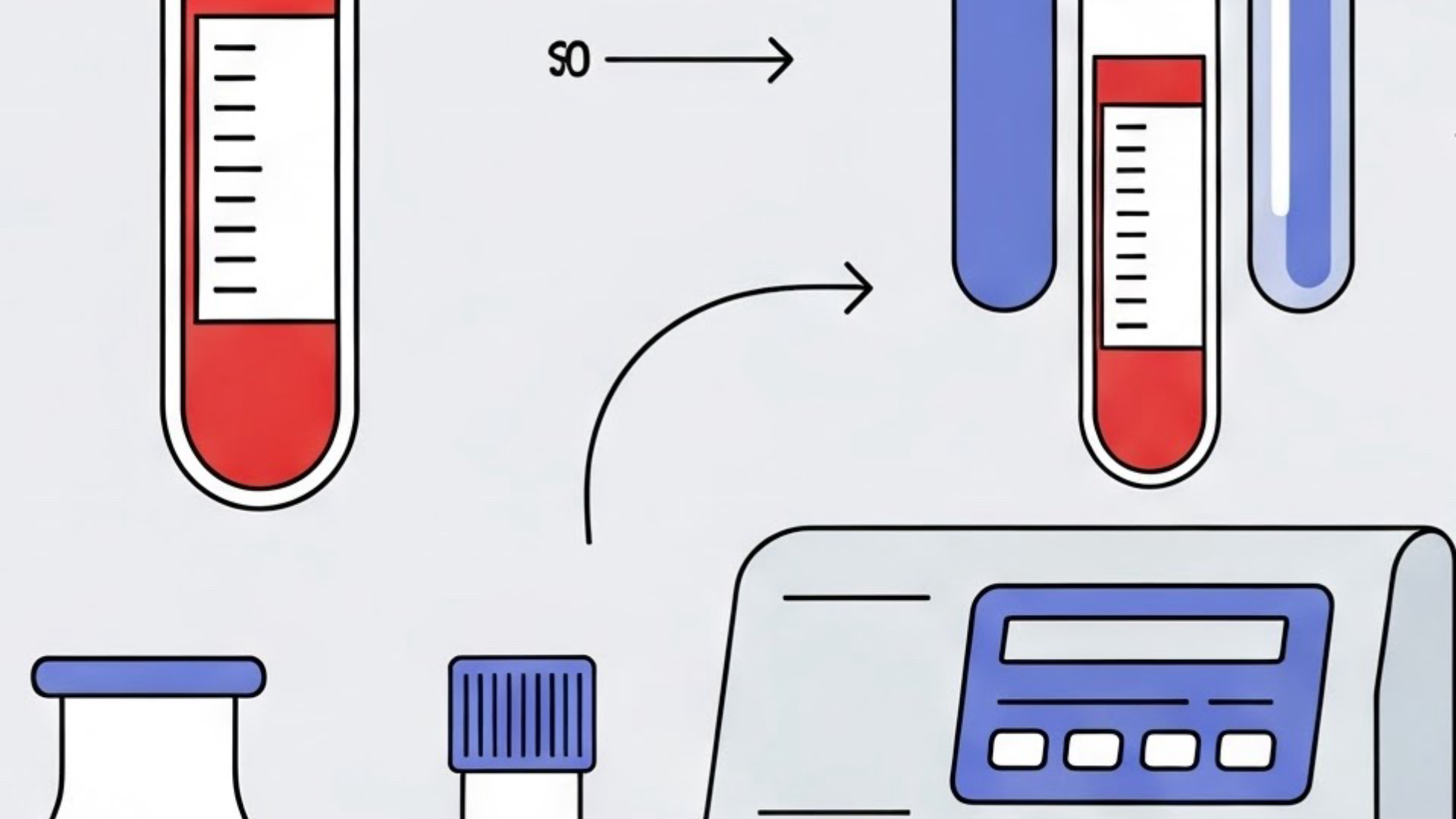
Comprehensive Metabolic Panel (CMP)
While not directly indicative of a quadriceps injury itself, the CMP includes tests for liver enzymes (like AST and ALT) and kidney function (creatinine, BUN). This panel can be useful to rule out other systemic conditions that might present with muscle pain or weakness, or to assess overall health in the context of an injury. It's a broader assessment that can indirectly support the clinical picture.
Read next
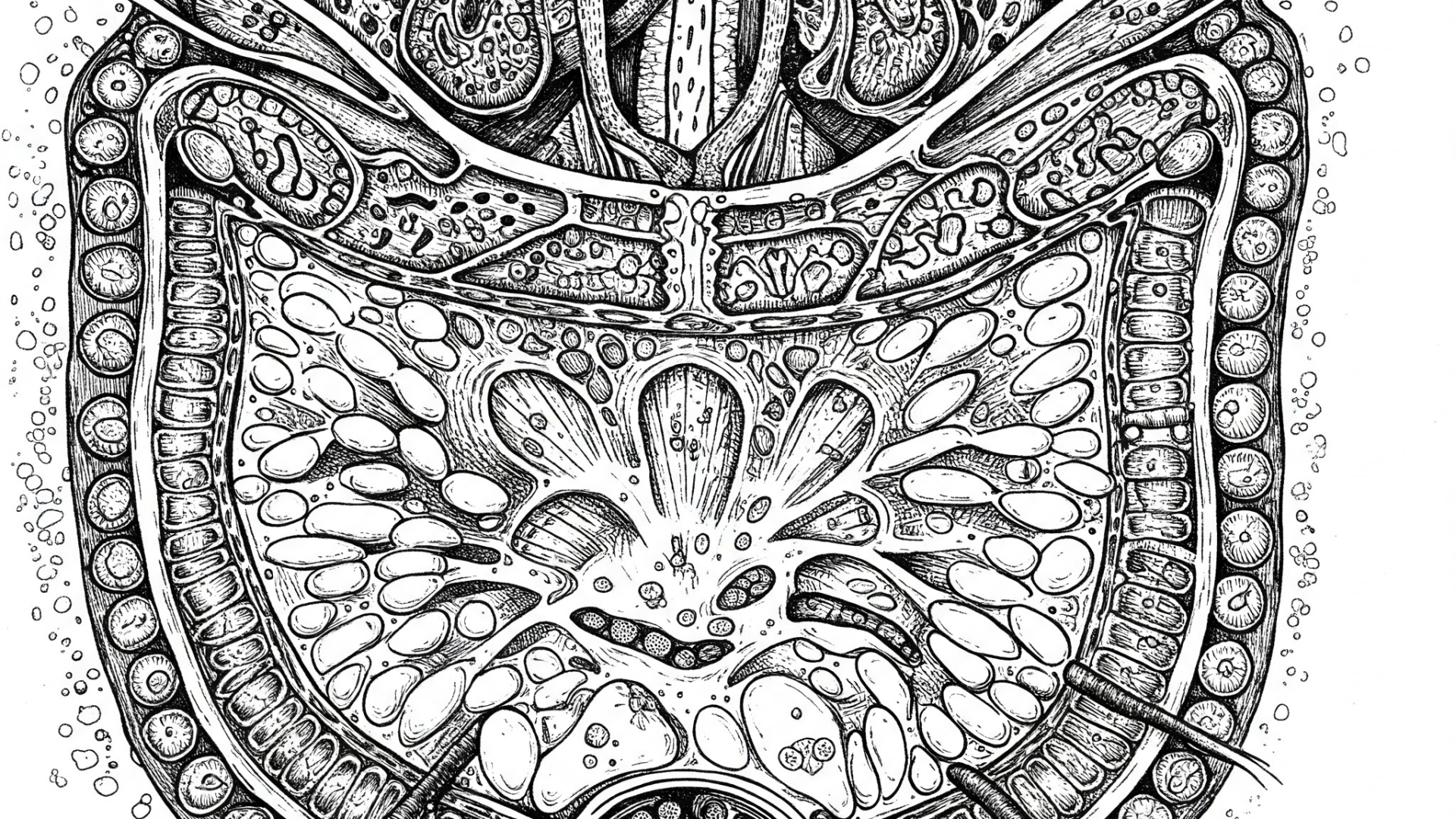 Written on 03/07/2025
Written on 03/07/2025What Are Centromeres and Telomeres? Exploring Their Structure, Function, and Role in DNA Replication and Cell Aging.
Ever wondered how our genetic material, DNA, is organized and protected within our cells? Two key structures play vital roles in this process: centromeres and telomeres. Let's dive into their fascinating world and understand their significance in cell division and the aging process. Read more
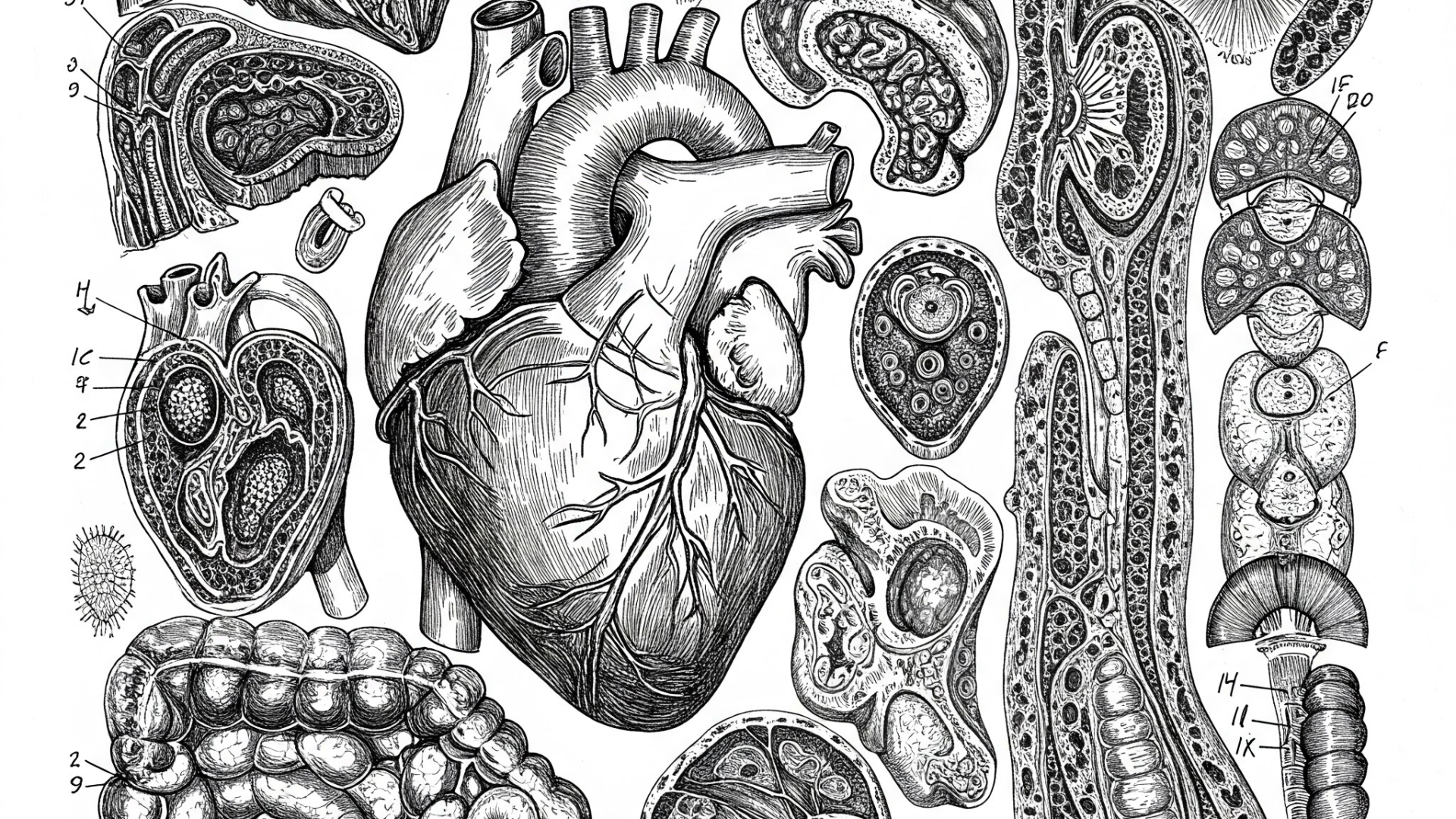 Written on 01/01/2025
Written on 01/01/2025What are the key differences between anti-centromere and anti-scleroderma 70 antibodies in scleroderma, and how do they impact diagnosis and prognosis?
Scleroderma, a complex autoimmune disease, presents diagnostic and prognostic challenges. Understanding the roles of anti-centromere and anti-scleroderma 70 (anti-topoisomerase 1) antibodies is crucial for effective management. This post will delve into their key differences and clinical implications. Read more
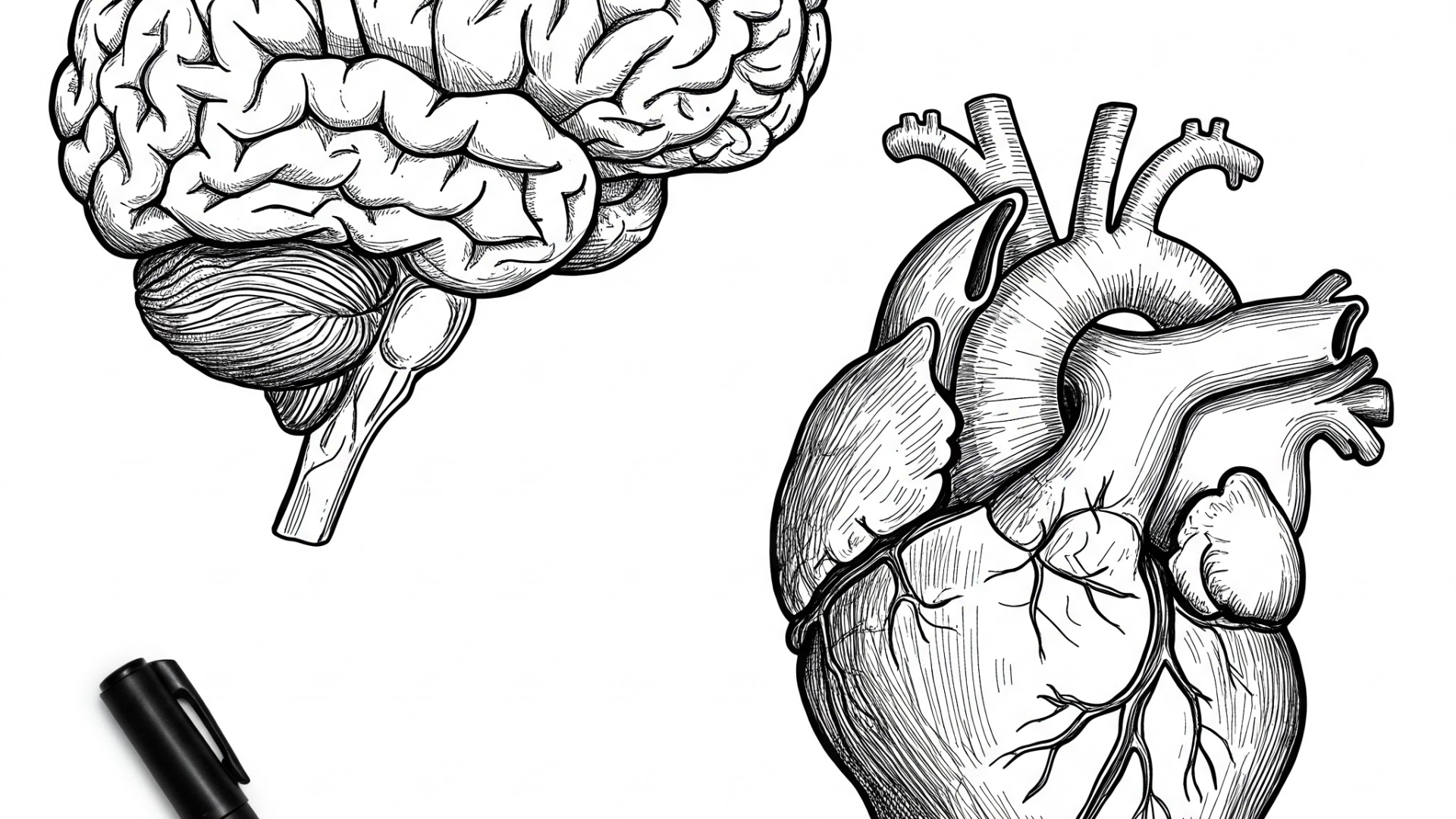 Written on 01/29/2025
Written on 01/29/2025Phenytoin: How does it work, what are its side effects, and what is fetal hydantoin syndrome?
Phenytoin is a widely used antiepileptic medication, but understanding its mechanism, side effects, and potential risks, like fetal hydantoin syndrome, is crucial. This blog post will break down the key aspects of phenytoin. Read more
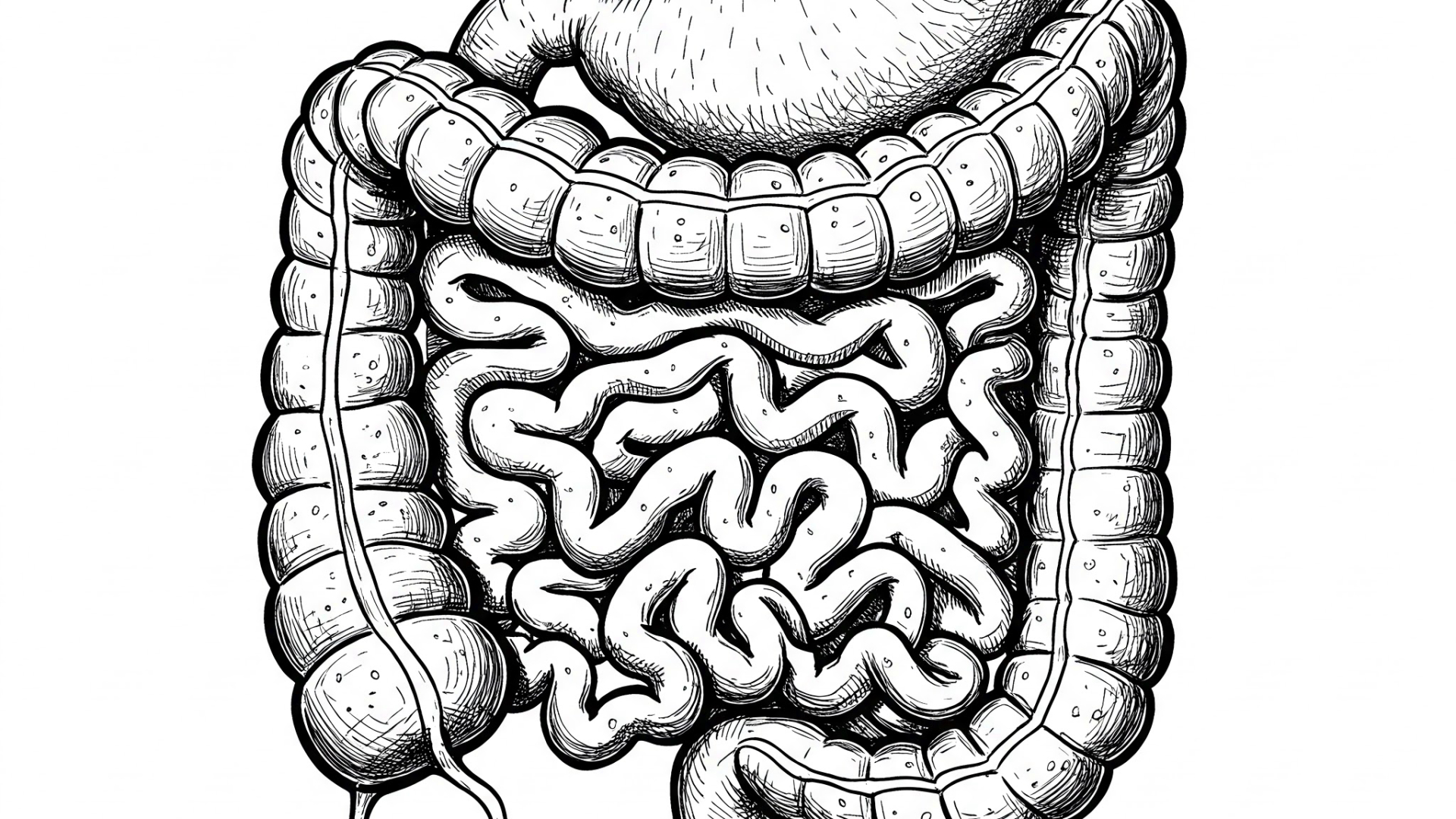 Written on 02/10/2025
Written on 02/10/2025Giardiasis: How does Giardia lamblia cause diarrhea, abdominal pain, and infection, especially in developing countries?
Giardiasis, a common intestinal infection, particularly prevalent in developing countries, is caused by the protozoan flagellate Giardia lamblia (also known as Giardia intestinalis). This blog post will explore how this parasite leads to symptoms like diarrhea and abdominal pain, and why it's a significant health concern. Read more
